The decline of the Roman Empire remains a pivotal moment in history, marked by a complex interplay of political, social, and economic factors. While military defeats and political turmoil are often highlighted, the role of economic decline as a fundamental contributor cannot be overlooked.
As Rome expanded its vast territories, the internal economic framework began to fracture under mounting pressures. A widening wealth gap, rampant corruption, and fiscal mismanagement eroded the economic stability that once underpinned the empire’s strength. These economic challenges not only exacerbated social tensions but also weakened the trust in republican institutions that were vital for governance.
This section will delve into the multifaceted economic factors that seeded Rome’s fall, offering insights into how these issues intertwined with broader societal changes.
Wealth Disparities in Expanding Rome
During the expansion of Rome, the disparity in wealth distribution between the patricians and plebeians became increasingly pronounced. The patricians, as the wealthy land-owning elite, leveraged their socio-political power to amass even greater wealth. They acquired lands from plebeians, utilizing enslaved labor to enhance productivity, which further entrenched their economic dominance.
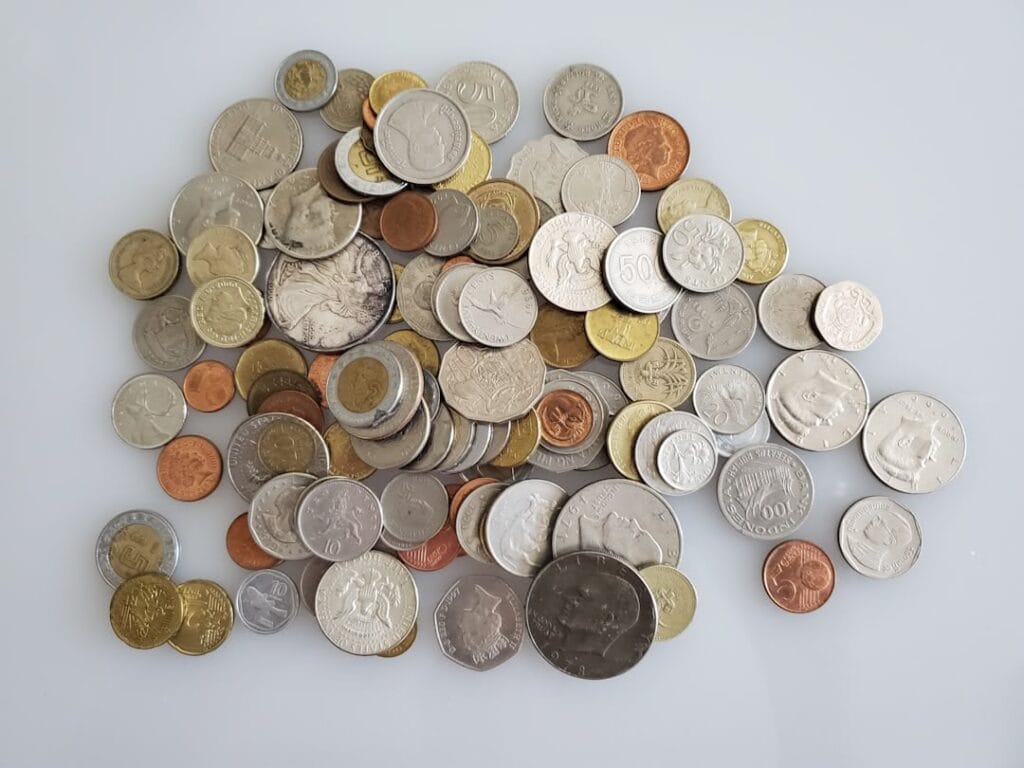
This concentration of wealth among the elites led to substantial economic strain on the commoners. Many plebeians, unable to compete with the large estates, lost their farms and livelihoods. The influx of enslaved individuals from conquests added to the labor market, undermining local farmers and disrupting traditional agricultural practices.
The widening wealth gap significantly impacted social structures. As the elite strengthened their control over land and resources, small citizen farmers were increasingly replaced by tenant farmers or sharecroppers, exacerbating economic inequality. This unequal distribution of wealth not only deepened social divides but also contributed to political resentment and unrest among the populace, threatening the stability of the Republic.
Corruption in Government Institutions
The Roman Republic, renowned for its complex government structure, gradually succumbed to pervasive corruption. As the Republic expanded, the influx of wealth exacerbated the ambitions of officials who prioritized personal gain over public service. This rampant corruption manifested through various means, including the manipulation of political systems by wealthy individuals who bought votes and exchanged favors, leading to a significant erosion of public trust.
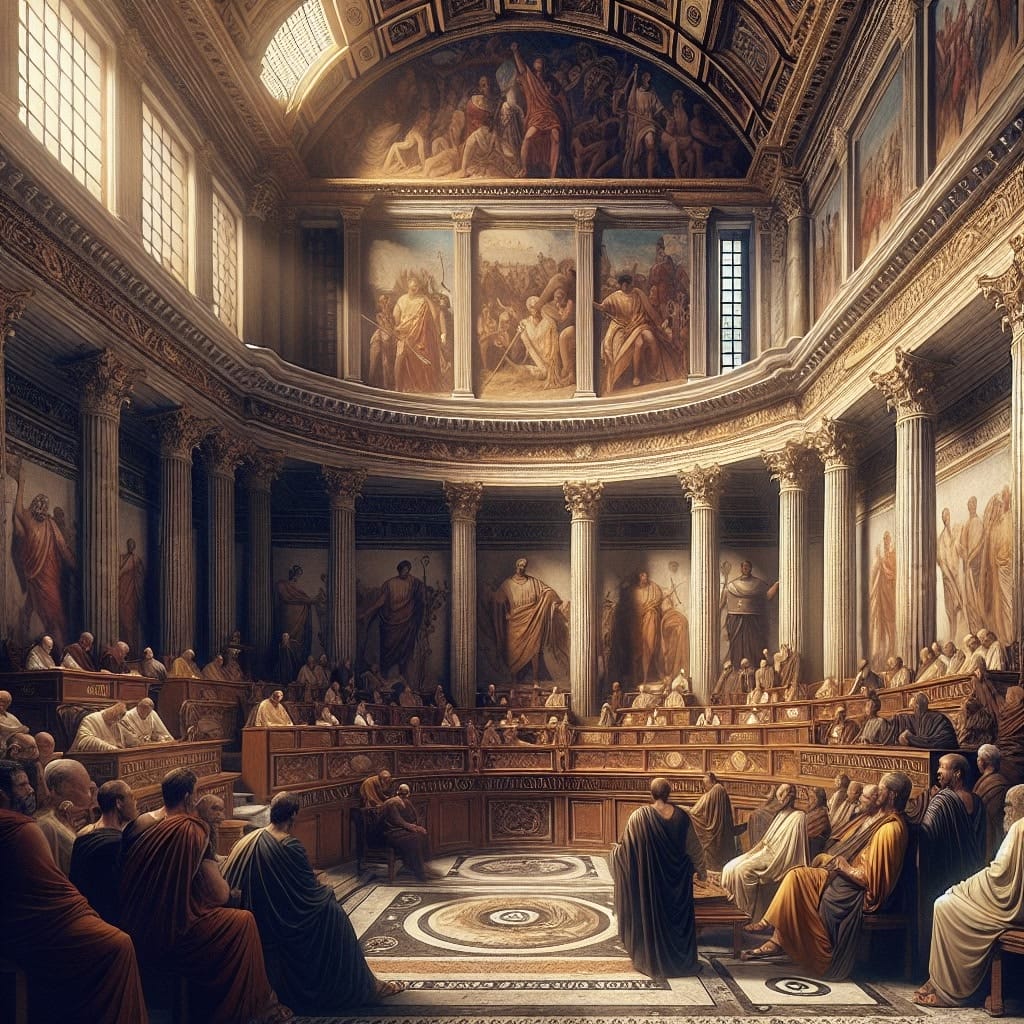
Bribery critically undermined governance as officials engaged in practices that prioritized personal wealth accumulation above the welfare of the state. A notorious example is Gaius Verres, a Roman magistrate whose tenure was marked by extensive corruption. Verres embezzled funds and extorted bribes, illustrating the broader trend of officials exploiting their positions for personal advantage. Such actions not only destabilized the political system but also alienated citizens, diminishing their confidence in republican institutions.
The consequences of these corrupt practices were profound. The public’s growing distrust towards the Senate, fueled by economic disparity and social unrest, was a catalyst for the Republic’s eventual decline. The shifting loyalties from state to individual leaders, as seen in the alliance of Julius Caesar, Pompey, and Crassus, further exemplified how deeply corruption had infiltrated the Roman political landscape.
Economic Instability and Social Unrest
The economic decline of ancient Rome was intricately linked to rising social tensions. As wealth disparities widened, traditional social structures such as the patron-client bond weakened, leaving a growing number of impoverished citizens without support. This shift exacerbated urban challenges, with many dispossessed individuals flocking to Rome, thereby increasing the pressure on housing and resources.
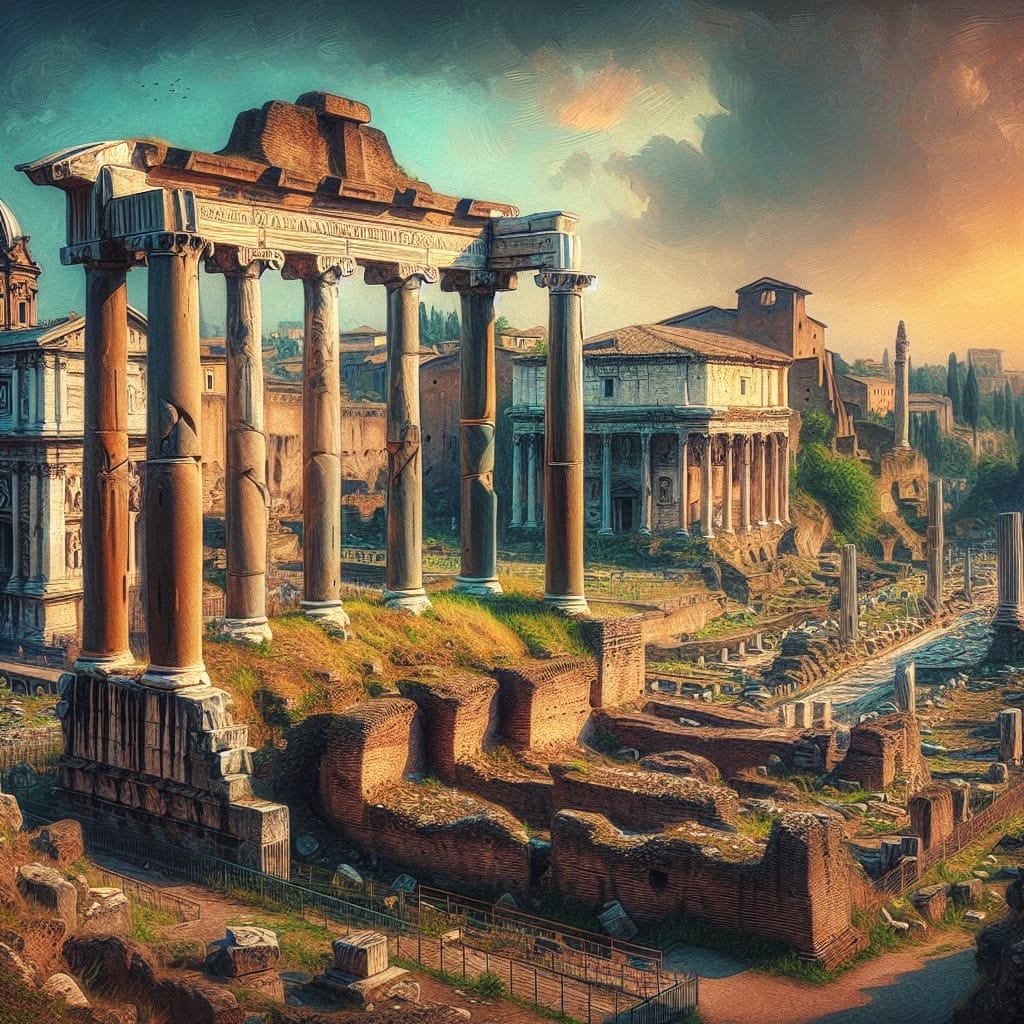
Inadequate urban planning and the lack of regulatory oversight further compounded the situation. Unsafe living conditions and frequent food shortages fostered discontent among the populace. The social fabric of Rome became increasingly strained, as economic policies failed to address the needs of the common people.
The weakening of trust in republican institutions was a significant consequence of this economic instability. The Republic’s inability to manage its economic crises effectively led to a loss of confidence among citizens. The Senate’s ineffective response to crises, such as the law-induced credit crunch of 33 CE, highlighted the dysfunction within governance structures, further eroding public trust.
Ultimately, these economic and social dynamics contributed to an environment ripe for authoritarianism, as citizens sought stability in the face of systemic failures.
Impact on Republican Institutions
The economic decline of ancient Rome significantly undermined the stability of its republican institutions. As wealth disparities grew, so did public disillusionment with the political class, resulting in diminished public confidence. Citizens increasingly perceived their leaders as self-serving, fostering a climate of mistrust and dissatisfaction.

This erosion of trust was further exacerbated by the Senate’s ineffective response to economic crises, such as the credit crunch in 33 CE. The failure to provide decisive action revealed the challenges to governance faced by the Republic, where political infighting often paralyzed decision-making. This paralysis was emblematic of a broader systemic dysfunction, undermining the checks and balances that had been the cornerstone of Roman governance for centuries.
Moreover, the concentration of power in fewer hands, as a result of economic and social turmoil, paved the way for authoritarian rule. The Republic’s inability to adapt to these challenges, coupled with persistent internal conflicts, contributed to its eventual decline and the rise of an autocratic Empire. Thus, the economic instability of Rome played a crucial role in destabilizing its republican institutions, marking a turning point in its history.
Military Expenditures and Economic Drain
The Roman economy was profoundly impacted by the financial demands of its military campaigns. The transition from a volunteer army to a standing professional force marked a significant shift, requiring substantial resources for the maintenance of the Roman legion, which comprised about five thousand soldiers. These campaigns, essential for securing Roman frontiers, increasingly strained the empire’s finances as territorial expansion continued. Costs escalated not only due to military operations but also due to the need for continuous conquests to sustain the army.
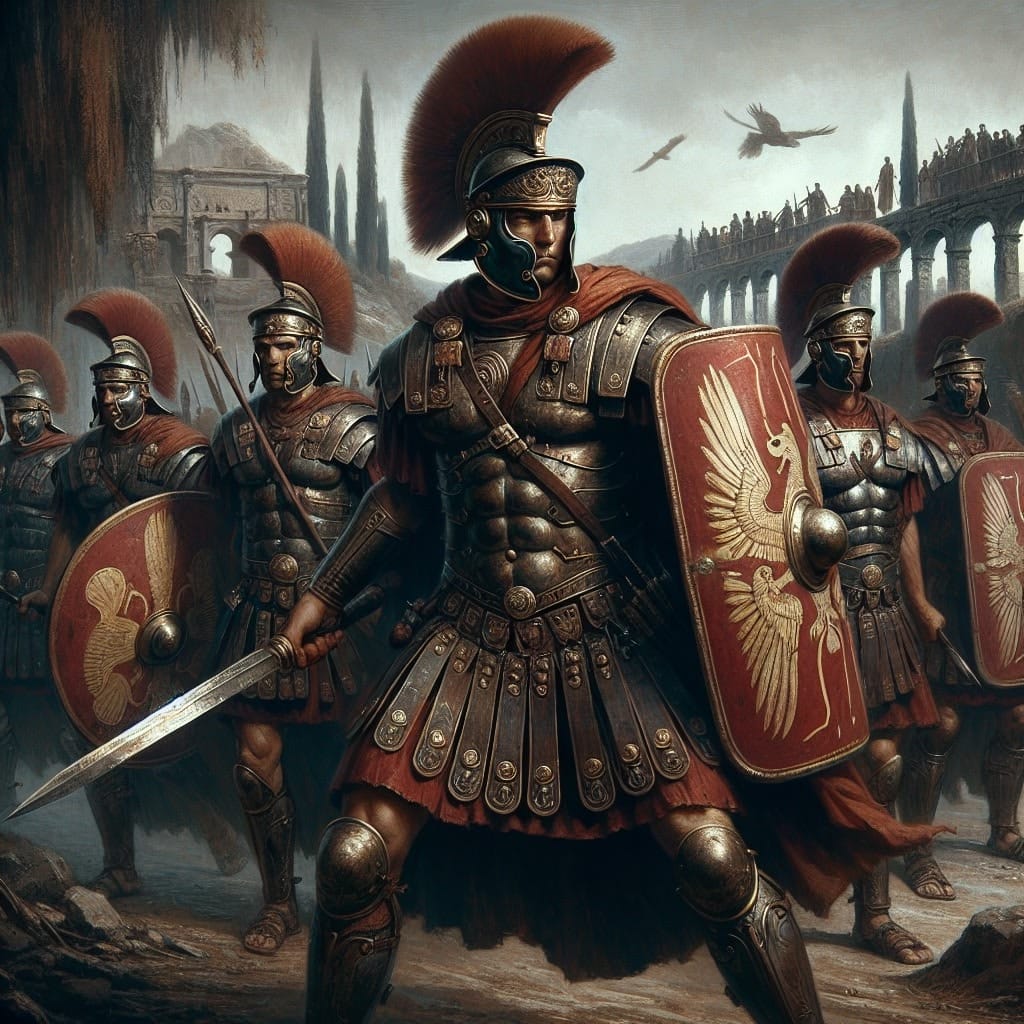
The economic implications for the state were severe. By the third century CE, the empire faced a financial crisis, exacerbated by the need to fund large armies with diminishing returns from conquered territories. This led to increased reliance on the central treasury to meet troop payments, further pressuring the economy. Additionally, while military conquests initially brought wealth and resources, over time, the ongoing conflicts resulted in economic instability, disrupting regional markets and contributing to societal unrest. The economic burden of military expenditures highlighted the unsustainable nature of Rome’s expansionist policies, ultimately sowing the seeds of the empire’s economic decline.
Trade Decline and Economic Consequences
The decline of trade in the Roman Empire was a pivotal factor in its economic downturn. As the empire expanded, several elements contributed to a reduction in trade activity. This included an over-dependence on agriculture and a slow diffusion of technology, which stifled industrial investment and limited trade expansion. Additionally, the founding of Constantinople shifted trade focus eastward, resulting in a marked decline in western trade.
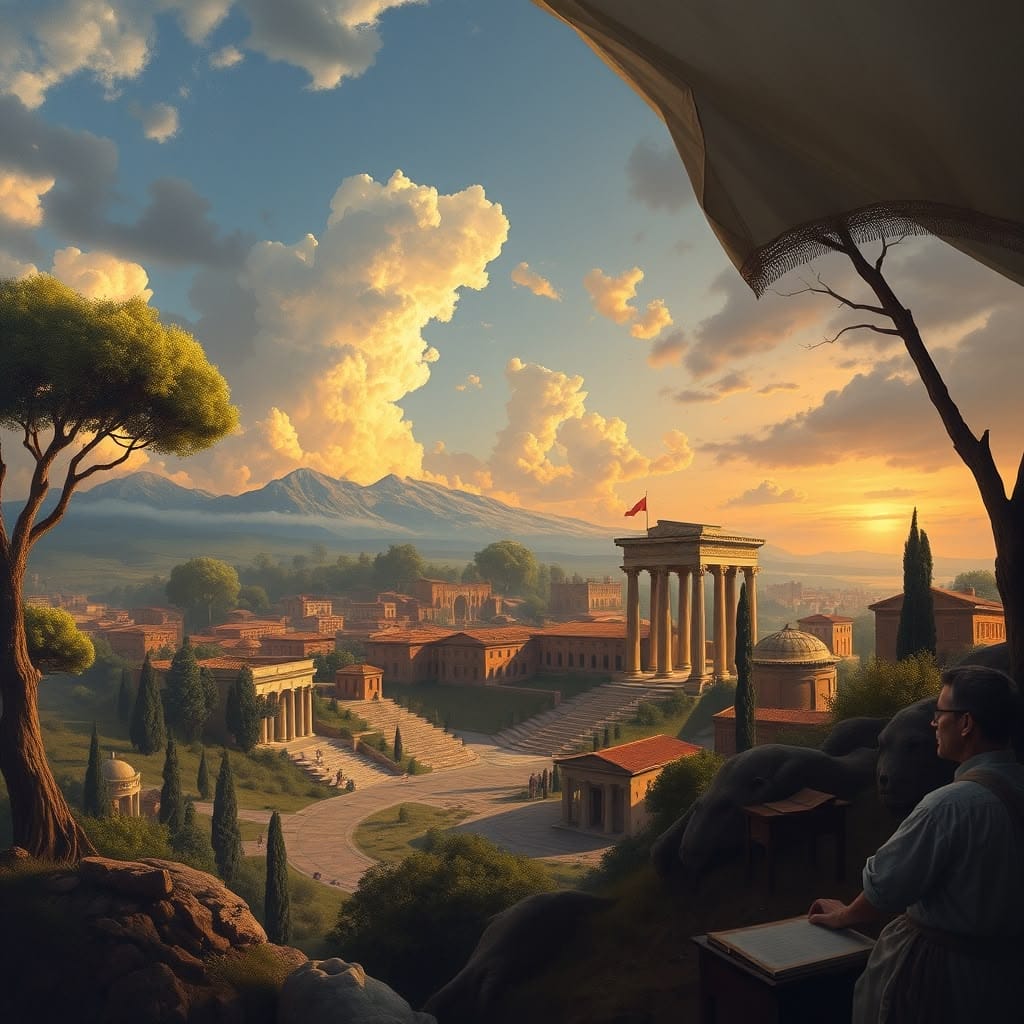
The Roman elite’s negative attitude towards commerce further discouraged investment in trade, as land ownership was preferred for wealth and status. State-imposed regulations and the necessity of Senate or emperor approval for market establishment also constrained entrepreneurial endeavors. Transport limitations added to these challenges, with sea travel preferred but risky due to piracy and adverse weather conditions.
This downturn in trade had profound economic impacts on the Roman Empire. The decreased trade volume disrupted the supply of essential goods, undermining local prosperity and economic stability. As a result, the Roman economy faced significant strain, with fewer goods being produced and traded, exacerbating the empire’s overall decline and weakening its economic foundations.
Financial System Challenges
The Roman Empire’s financial system faced significant challenges, notably currency devaluation and rampant inflation. The debasement of the denarius, Rome’s major silver coin, was a critical factor. Initially composed of 4.5 grams of silver, the coin’s purity was progressively reduced to finance state expenditures. By the reign of Gallienus, it contained only 5% silver, leading to a substantial loss in value.

This debasement had severe economic repercussions. As the value of the currency plummeted, inflation surged, causing a 1,000% price increase by 265 AD. The inflationary spiral eroded public trust in the currency, as citizens and soldiers demanded more coins to compensate for their dwindling purchasing power. Attempts to curb inflation, such as Diocletian’s edict on maximum prices, proved ineffective, leading to further economic instability and reliance on barter systems.
The broader economic impact was profound. The financial instability contributed to social unrest and weakened governance, exacerbating the empire’s decline. As the currency lost its efficacy, the Roman economy faltered, setting the stage for the eventual disintegration of the Western Roman Empire by 476 AD.
Demographic Shifts and Economic Stress
The Roman Empire, at its zenith, witnessed significant demographic changes that had profound economic implications. The population dynamics of Rome were influenced by various factors, including military conquests, migration, and plagues. These changes not only altered the demographic landscape but also placed immense pressure on the economic structure of the empire.
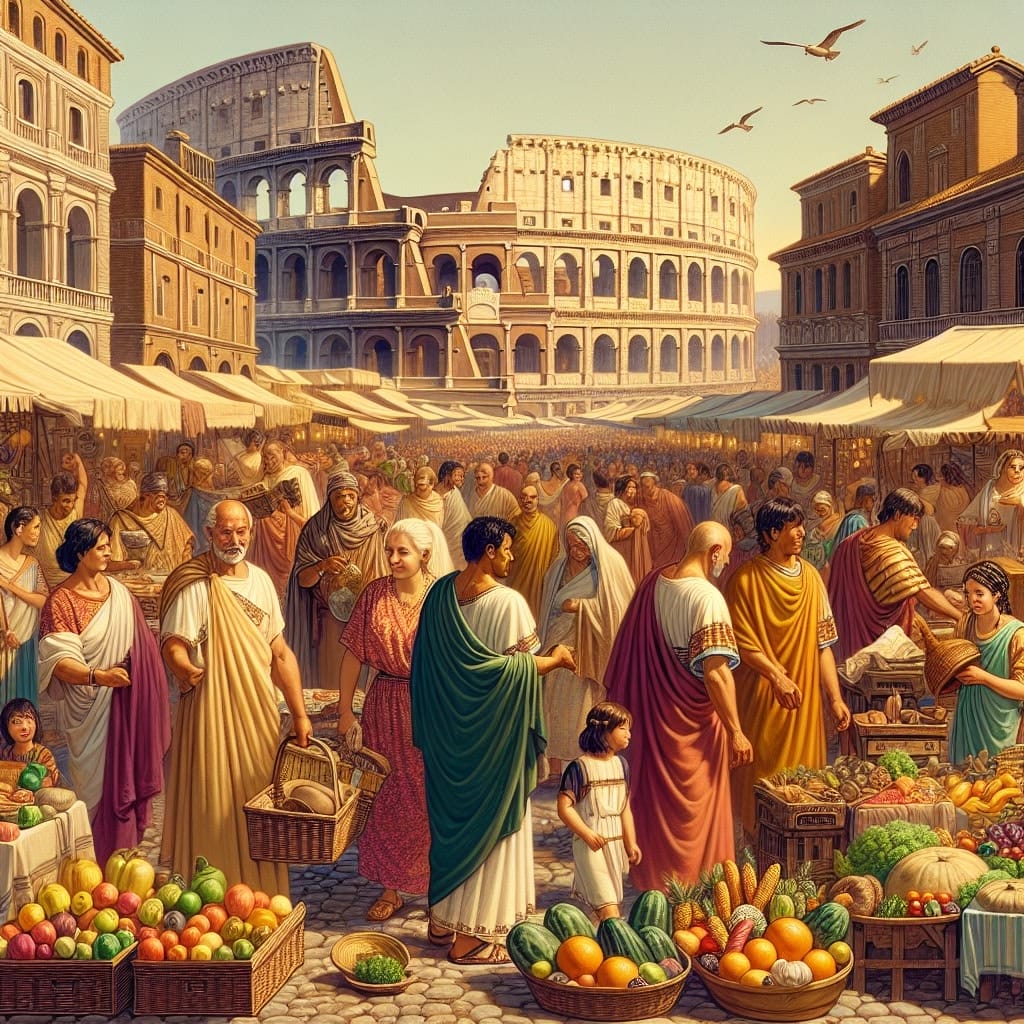
As Rome expanded, the influx of people into urban centers resulted in overcrowding and strained resources. This urban migration led to increased demand for essential goods, contributing to rising prices and exacerbating inflationary pressures. Additionally, the reliance on slave labor, a consequence of military conquests, disrupted traditional labor markets, further complicating economic productivity.
The socio-economic fabric of the empire was also affected by recurring plagues, which decimated populations and reduced the labor force. This loss of human capital hindered economic growth and contributed to the instability of the empire’s financial systems. The demographic shifts ultimately undermined economic resilience, making it challenging for Rome to sustain its expansive territories and contributing to its gradual decline.
Labor Dynamics and Economic Decline
The labor dynamics of ancient Rome were profoundly shaped by the widespread use of slavery, which played a critical role in the economic landscape. Slavery was not only a cornerstone of Roman society but also a significant factor in the empire’s economic machinery. The reliance on slave labor diminished the demand for free labor, which stunted the development of a robust labor market.

As the empire expanded, the influx of slaves from conquered territories led to an oversupply of labor, driving down wages for free citizens. This oversaturation caused economic strain, as skilled labor and innovation became less valued, stifling productivity growth. The abundance of cheap labor discouraged technological advancements and efficiency improvements, leading to stagnation in economic productivity.
Moreover, the Roman economy’s dependence on slavery created vulnerabilities. When conquests slowed and the supply of new slaves dwindled, the labor market experienced disruptions. This reliance on a static labor system ultimately contributed to the economic decline, as Rome struggled to adapt to changing conditions. The inefficiencies inherent in the labor dynamics of the time underscored the broader economic challenges faced by the empire.
Urban-Rural Divide and Economic Challenges
The Roman Empire was marked by a pronounced divide between urban and rural areas, each facing distinct economic challenges. Urban centers like Rome were hubs of political power and economic activity, benefitting from trade and wealth concentration. However, these cities also experienced higher living costs and greater dependency on grain imports, which made them vulnerable to supply disruptions and inflation.

Conversely, rural regions were primarily agrarian, with economies centered on agriculture. These areas often suffered from the exploitation of landowners and heavy taxation, which strained local economies. The disparity in wealth and resources between urban and rural areas exacerbated social and economic tensions, undermining the stability of the empire.
This urban-rural divide contributed to broader economic challenges, including the inability to uniformly implement economic policies across the empire. The reliance on rural provinces for food production contrasted with the urban demand for luxury goods, leading to imbalanced economic growth. This imbalance further weakened the empire’s economic resilience, making it susceptible to external pressures and internal strife, ultimately playing a role in Rome’s decline.
Leadership Failures in Economic Management
The Roman Empire’s decline was significantly influenced by inadequate responses to economic issues. Key political figures often lacked the vision necessary to navigate the complex financial landscape. For instance, leaders like Pompey and Crassus were unable to effectively address the burgeoning debt crisis. Their failure to implement decisive financial reforms exacerbated economic instability, leaving the empire vulnerable to internal and external pressures.
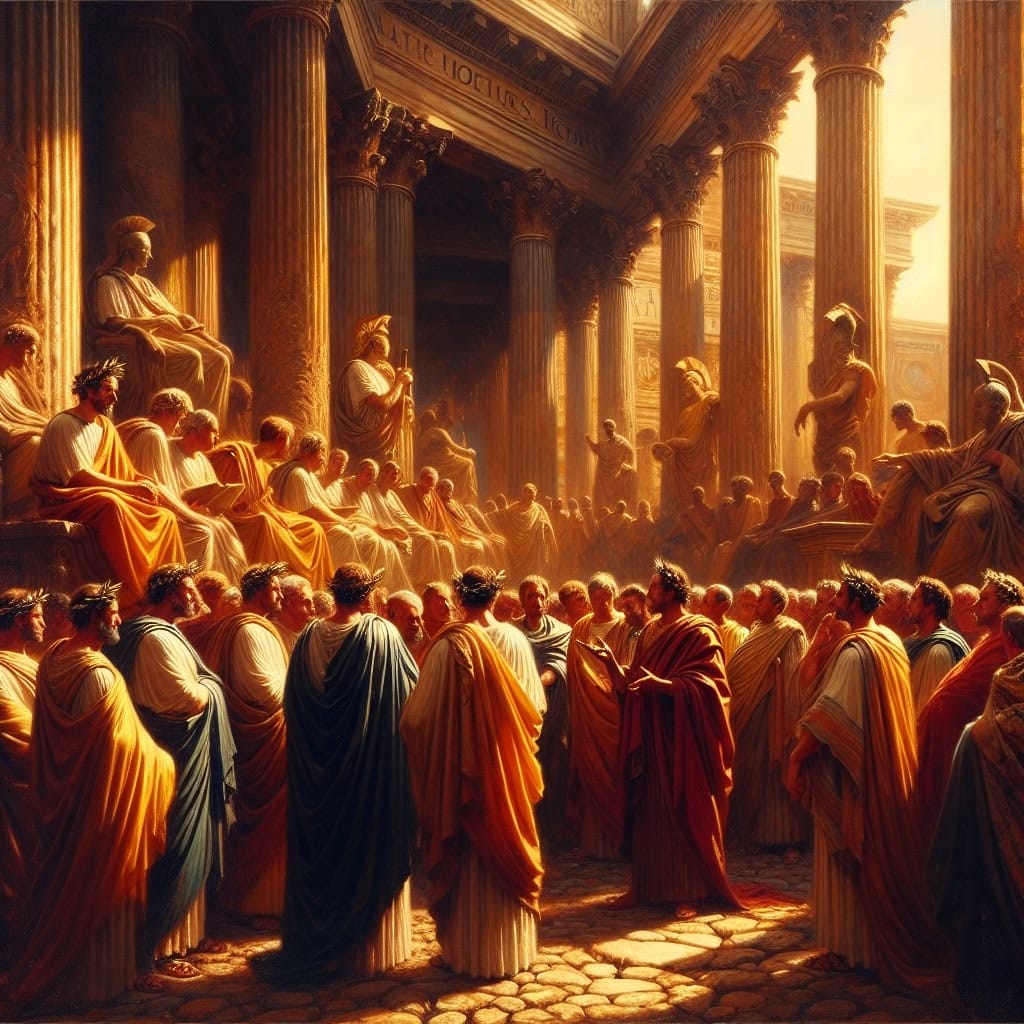
The role of leadership in Rome’s decline cannot be understated. Political gridlock within the Roman Senate hindered the passage of crucial financial legislation, creating an environment where debt and fiscal irresponsibility flourished. This political inertia led to a reliance on problematic entitlements and corrupt tax systems, straining the empire’s resources further.
While Julius Caesar introduced reforms to address these challenges by balancing the budget and reducing welfare rolls, his solutions came at the cost of political freedoms. The leadership’s inability to effectively manage economic issues culminated in a weakened state infrastructure, ultimately contributing to the empire’s eventual collapse.
Cultural Dynamics and Economic Decline
The intricate relationship between culture and economy significantly shaped the trajectory of the Roman Empire’s decline. As economic conditions deteriorated, cultural practices evolved to adapt to new realities. The ostentatious lifestyles of the Roman elite, once symbols of prosperity, became unsustainable amid widening economic disparities. This shift in cultural norms reflected a society grappling with the pressures of economic instability.
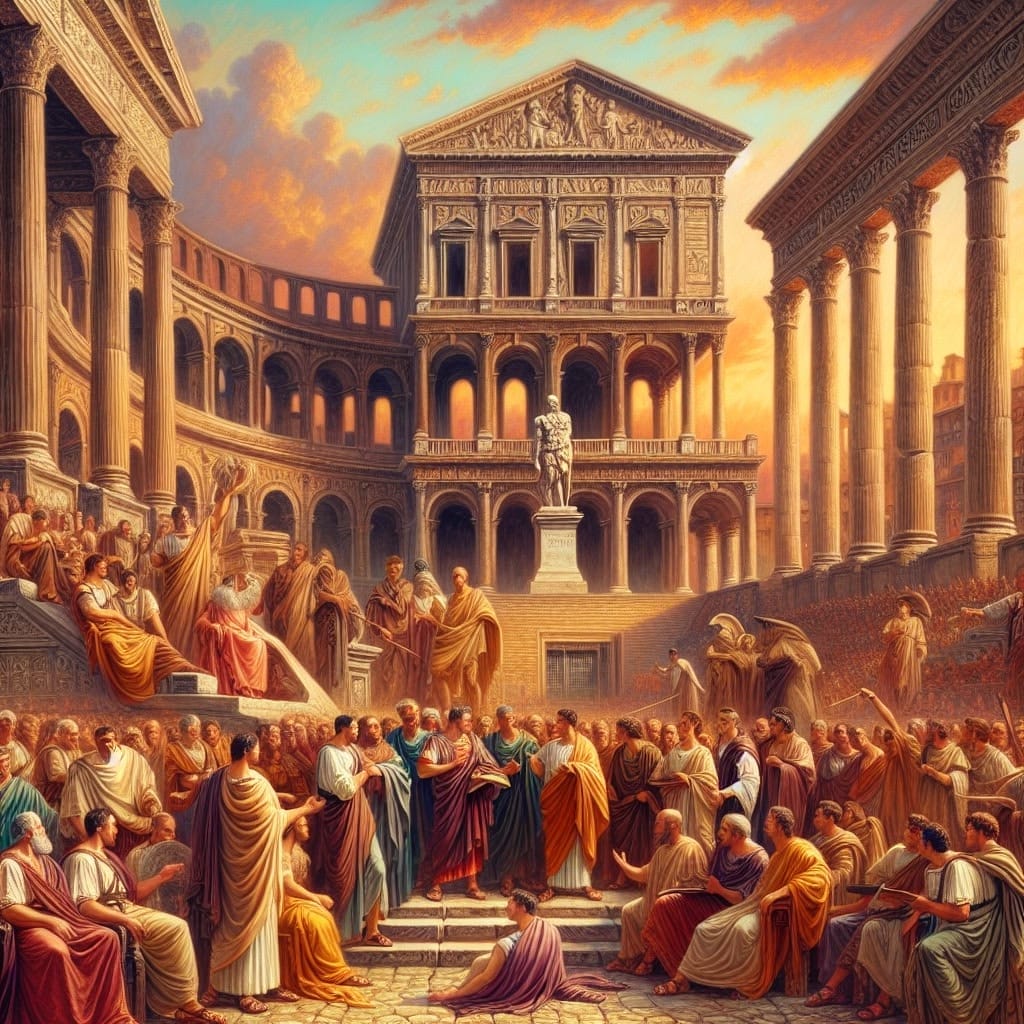
During periods of economic decline, the Roman Empire witnessed a transformation in social values and priorities. The crisis of the third century, marked by rampant inflation and currency devaluation, compelled citizens to reassess the importance of material wealth. As trade collapsed and local barter systems emerged, there was a noticeable shift towards simpler, more austere living conditions, influencing cultural expressions and societal values.
Moreover, these cultural shifts fed back into the economic environment, as changing consumer habits and reduced demand for luxury goods further strained the economy. The interplay between these dynamics underscores the profound impact of cultural changes on economic structures. Understanding this relationship offers valuable insights into the complex mechanisms that contributed to Rome’s eventual downfall.
Technological Advancements and Economic Impact
Despite the overarching narrative of decline, the Roman Empire experienced noteworthy technological advancements during its later years. Innovations in engineering, such as the construction of aqueducts and improvements in road networks, exemplify the empire’s enduring commitment to infrastructure development. These advancements facilitated the movement of goods and people, thereby bolstering trade and communication across vast territories.
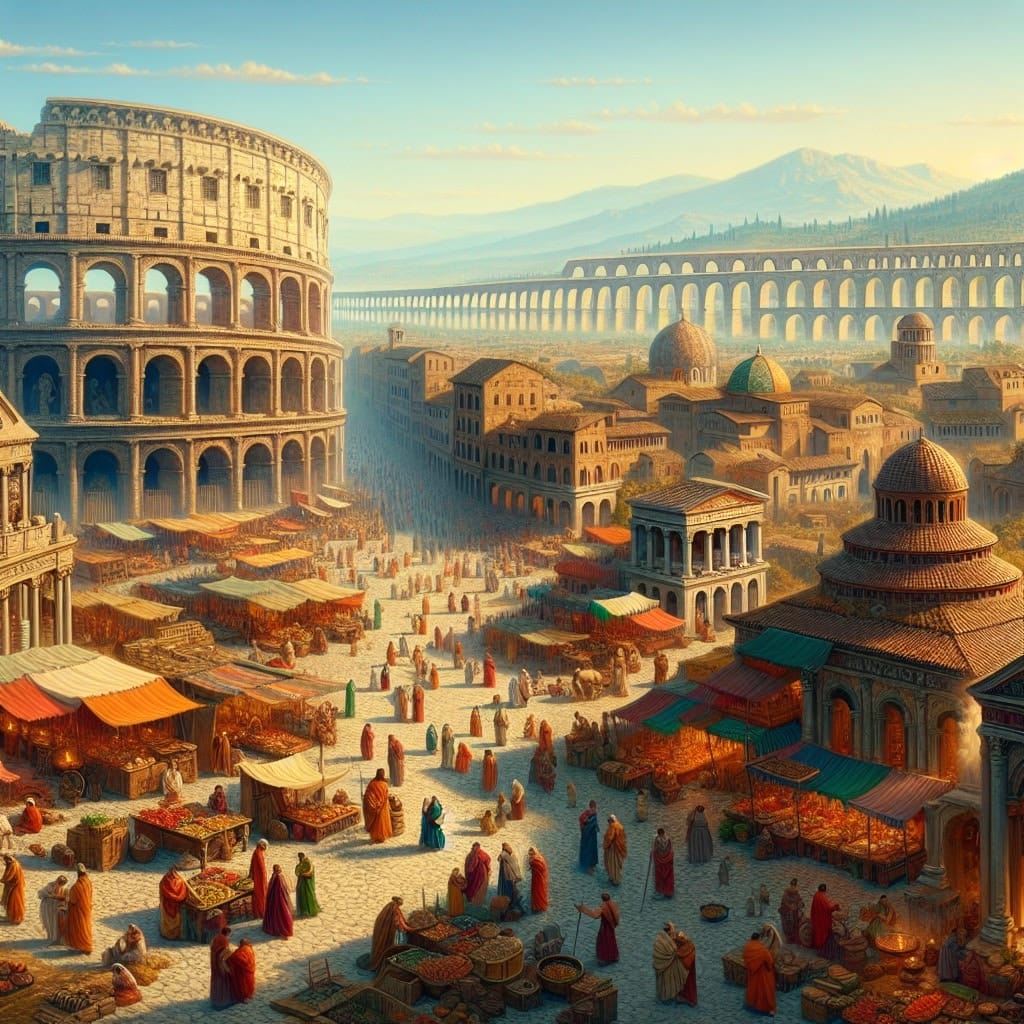
However, the economic implications of these technological strides were mixed. While infrastructure improvements were intended to stimulate economic activity, they also imposed significant financial burdens on the state. The costs associated with maintaining such extensive networks contributed to the empire’s mounting financial strain. Additionally, these projects often relied on forced labor, which further exacerbated existing social tensions.
Ultimately, the Roman Empire’s technological progress could not counterbalance the systemic economic issues it faced. The combination of currency devaluation, inflation, and rising military expenditures overshadowed the potential economic benefits of technological development. This dichotomy highlights the complex interplay between innovation and economic stability during the empire’s decline, offering a cautionary tale on the limits of technological solutions in addressing broader financial challenges.

Conclusion: Lessons from Rome’s Economic Decline
The decline of the Roman Empire was significantly influenced by economic factors such as currency debasement, resulting in rampant inflation and financial instability. The erosion of trust in the monetary system, coupled with a crippling debt crisis, underscored the empire’s economic vulnerabilities. Additionally, political gridlock and fiscal irresponsibility exacerbated these challenges, ultimately destabilizing Rome’s governance structures.
Modern societies can glean crucial insights from Rome’s experience. The importance of maintaining currency integrity and responsible debt management cannot be overstated. Governments today must prioritize sound financial policies and effective leadership to avoid the catastrophic economic outcomes witnessed in ancient Rome. By learning from the past, contemporary economies can navigate financial complexities with resilience and foresight.
Frequently Asked Questions
Can modern societies learn from Rome’s economic decline? Yes, by understanding the consequences of irresponsible fiscal policies, modern societies can adopt more sustainable economic practices to prevent similar declines.
What were the primary economic factors contributing to Rome’s decline? The decline was significantly influenced by currency devaluation, inflation, and a debt crisis. These economic issues eroded trust in financial systems and destabilized the empire.
How did currency debasement affect the Roman economy? The debasement of the denarius led to inflation, diminishing its value and requiring more coins to purchase goods. This devaluation weakened the economy and prompted social unrest.
What role did inflation play in Rome’s economic instability? Inflation, driven by the oversupply of debased coins, escalated prices and strained living conditions, contributing to the Crisis of the Third Century.
How did political factors exacerbate Rome’s economic challenges? Political gridlock and a culture of fiscal irresponsibility hindered effective responses to the economic crisis, as detailed in Rome’s debt crisis.

